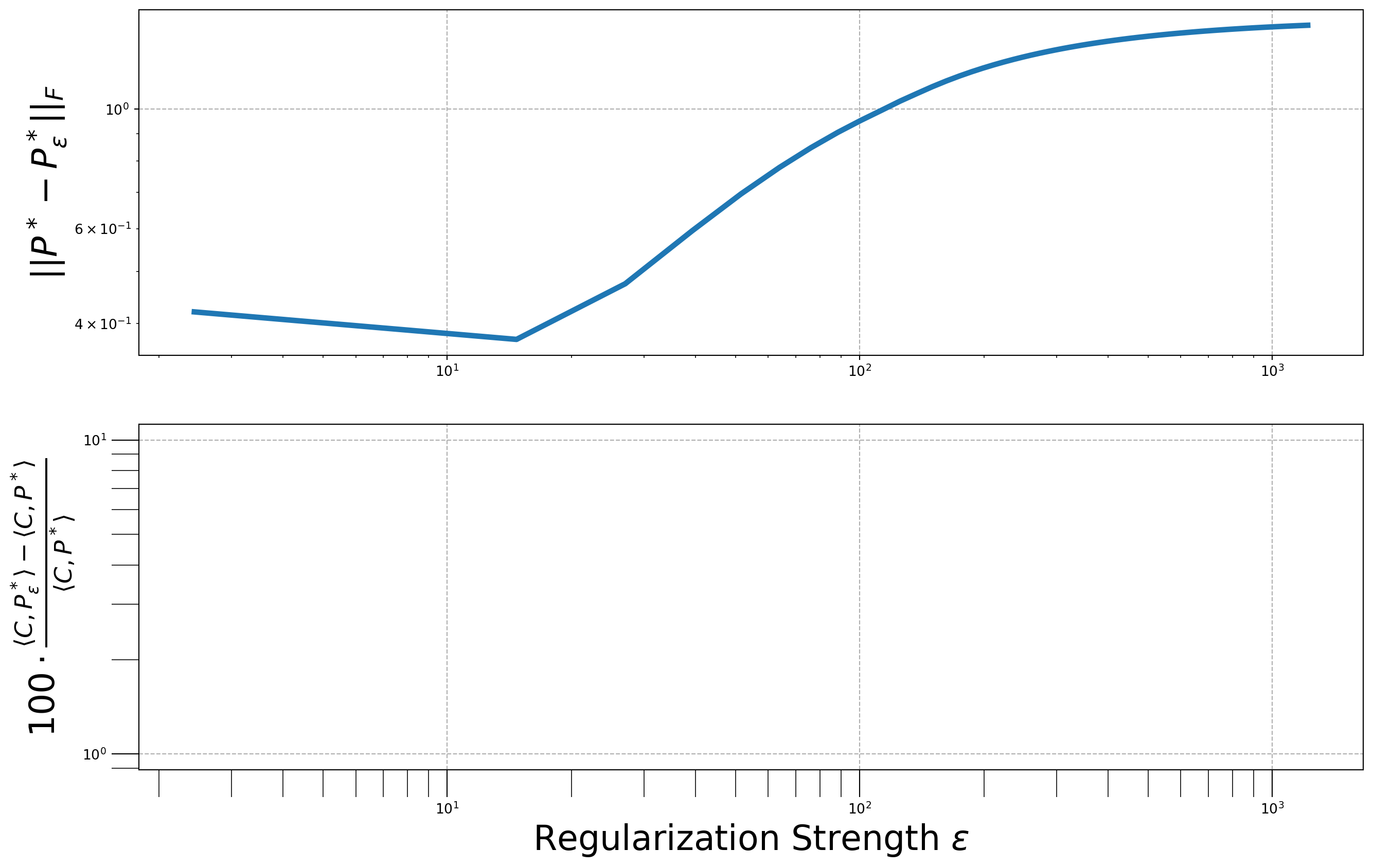def plot_weighted_points(
ax,
x, a,
y, b,
title=None, x_label=None, y_label=None
):
ax.scatter(x[:,0], x[:,1], s=5000*a, c='r', edgecolors='k', label=x_label)
ax.scatter(y[:,0], y[:,1], s=5000*b, c='b', edgecolors='k', label=y_label)
for i in range(np.shape(x)[0]):
ax.annotate(str(i+1), (x[i,0], x[i,1]),fontsize=30,color='black')
for i in range(np.shape(y)[0]):
ax.annotate(str(i+1), (y[i,0], y[i,1]),fontsize=30,color='black')
if x_label is not None or y_label is not None:
ax.legend(fontsize=20)
ax.axis('off')
ax.set_title(title, fontsize=25)
def plot_assignement(
ax,
x, a,
y, b,
optimal_plan,
title=None, x_label=None, y_label=None
):
plot_weighted_points(
ax=ax,
x=x, a=a,
y=y, b=b,
title=None,
x_label=x_label, y_label=y_label
)
for i in range(optimal_plan.shape[0]):
for j in range(optimal_plan.shape[1]):
ax.plot([x[i,0], y[j,0]], [x[i,1], y[j,1]], c='k', lw=30*optimal_plan[i,j], alpha=0.8)
ax.axis('off')
ax.set_title(title, fontsize=30)
def plot_assignement_1D(
ax,
x, y,
title=None
):
plot_points_1D(
ax,
x, y,
title=None
)
x_sorted = np.sort(x)
y_sorted = np.sort(y)
assert len(x) == len(y), "x and y must have the same shape."
for i in range(len(x)):
ax.hlines(
y=0,
xmin=min(x_sorted[i], y_sorted[i]),
xmax=max(x_sorted[i], y_sorted[i]),
color='k',
lw=10
)
ax.axis('off')
ax.set_title(title, fontsize=30)
def plot_points_1D(
ax,
x, y,
title=None
):
n = len(x)
a = np.ones(n) / n
ax.scatter(x, np.zeros(n), s=1000*a, c='r')
ax.scatter(y, np.zeros(n), s=1000*b, c='b')
min_val = min(np.min(x), np.min(y))
max_val = max(np.max(x), np.max(y))
for i in range(n):
ax.annotate(str(i+1), xy=(x[i], 0.005), size=30, color='r', ha='center')
for j in range(n):
ax.annotate(str(j+1), xy=(y[j], 0.005), size=30, color='b', ha='center')
ax.axis('off')
ax.plot(np.linspace(min_val, max_val, 10), np.zeros(10))
ax.set_title(title, fontsize=30)
def plot_consistency(
ax,
reg_strengths,
plan_diff, distance_diff
):
ax[0].loglog(reg_strengths, plan_diff, lw=4)
ax[0].set_ylabel('$||P^* - P_\epsilon^*||_F$', fontsize=25)
ax[1].tick_params(which='both', size=20)
ax[0].grid(ls='--')
ax[1].loglog(reg_strengths, distance_diff, lw=4)
ax[1].set_xlabel('Regularization Strength $\epsilon$', fontsize=25)
ax[1].set_ylabel(r'$ 100 \cdot \frac{\langle C, P^*_\epsilon \rangle - \langle C, P^* \rangle}{\langle C, P^* \rangle} $', fontsize=25)
ax[1].tick_params(which='both', size=20)
ax[1].grid(ls='--')









